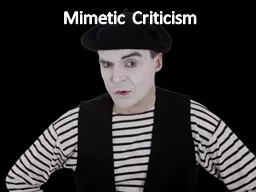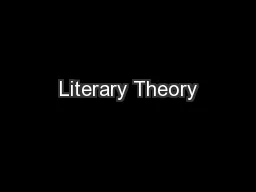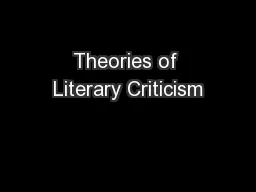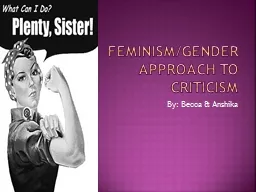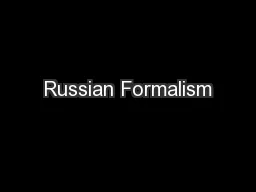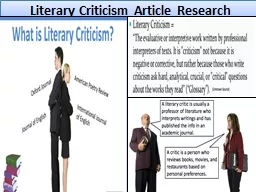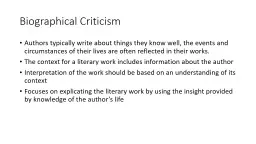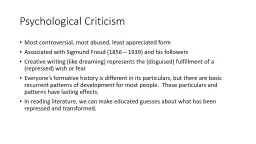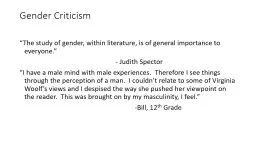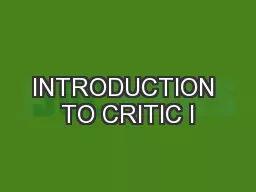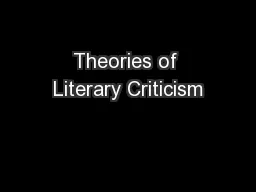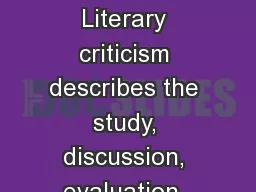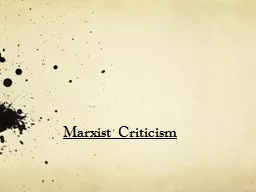PDF-LITERARY CRITICISM AS METACOMMUNITY A FESTSCHRIFT FOR
Author : alida-meadow | Published Date : 2015-04-27
Lachlan Mackenzie Lisbon Portugal Milena Milojevi Sheppard Ljubljana Slovenia Janez Skela Ljubljana Slovenia Rastislav utari269 Ljubljana Slovenia Editorial Secretary
Presentation Embed Code
Download Presentation
Download Presentation The PPT/PDF document "LITERARY CRITICISM AS METACOMMUNITY A FE..." is the property of its rightful owner. Permission is granted to download and print the materials on this website for personal, non-commercial use only, and to display it on your personal computer provided you do not modify the materials and that you retain all copyright notices contained in the materials. By downloading content from our website, you accept the terms of this agreement.
LITERARY CRITICISM AS METACOMMUNITY A FESTSCHRIFT FOR: Transcript
Download Rules Of Document
"LITERARY CRITICISM AS METACOMMUNITY A FESTSCHRIFT FOR"The content belongs to its owner. You may download and print it for personal use, without modification, and keep all copyright notices. By downloading, you agree to these terms.
Related Documents


